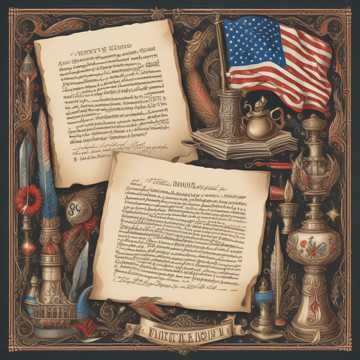On September 3, 1783, a pivotal moment in world history unfolded as the Treaty of Paris was signed, officially concluding the American Revolutionary War. This landmark agreement not only ended years of conflict but also formally recognized the United States as an independent nation.
What Was the Treaty of Paris?
The Treaty of Paris was a peace agreement between the Kingdom of Great Britain and the United States that marked the end of the American Revolutionary War.
Key Facts:
- Date Signed: September 3, 1783
- Location: Paris, France
- Parties Involved: Kingdom of Great Britain, United States of America
- Purpose: To end the American Revolutionary War and establish peace
The Road to the Treaty
The path to peace was long and complex, involving multiple parties and negotiations.
Timeline of Events:
- April 1782: Peace talks begin in Paris
- November 30, 1782: Preliminary Articles of Peace signed
- January 20, 1783: Preliminary peace treaty ratified by Britain
- April 15, 1783: U.S. Congress ratifies preliminary peace treaty
- September 3, 1783: Final Treaty of Paris signed
Key Figures in the Negotiations
- Benjamin Franklin: Lead negotiator for the United States
- John Adams: American diplomat and future president
- John Jay: American statesman and diplomat
- David Hartley: British negotiator
Main Provisions of the Treaty
The Treaty of Paris contained several important provisions:
- Recognition of American independence
- Establishment of boundaries of the United States
- Fishing rights for American fishermen in the Grand Banks
- Restoration of property and rights to Loyalists
- Release of prisoners of war
Impact and Significance
The signing of the Treaty of Paris had far-reaching consequences:
- Established the United States as a sovereign nation
- Doubled the territory of the United States
- Set the stage for westward expansion
- Reshaped the balance of power in North America
Legacy and Modern Relevance
The Treaty of Paris remains a crucial document in both American and world history:
- Serves as a model for peaceful conflict resolution
- Demonstrates the power of diplomacy in international relations
- Continues to influence U.S. foreign policy and international boundaries
Conclusion
The Treaty of Paris of 1783 marked the end of one era and the beginning of another. It not only concluded the American Revolutionary War but also set the stage for the United States to emerge as a significant player on the world stage. Today, it stands as a testament to the power of negotiation and the enduring impact of diplomatic agreements.
Share this article to spread awareness about this significant historical event and its lasting impact on global politics!

